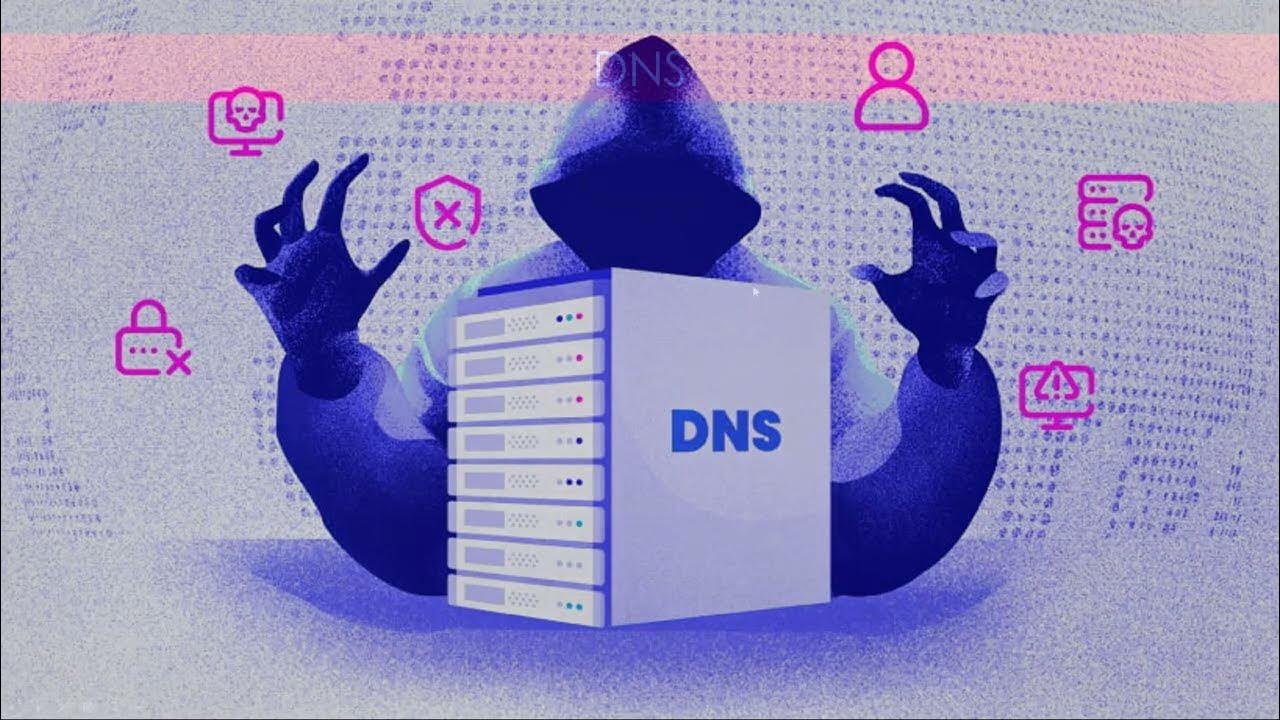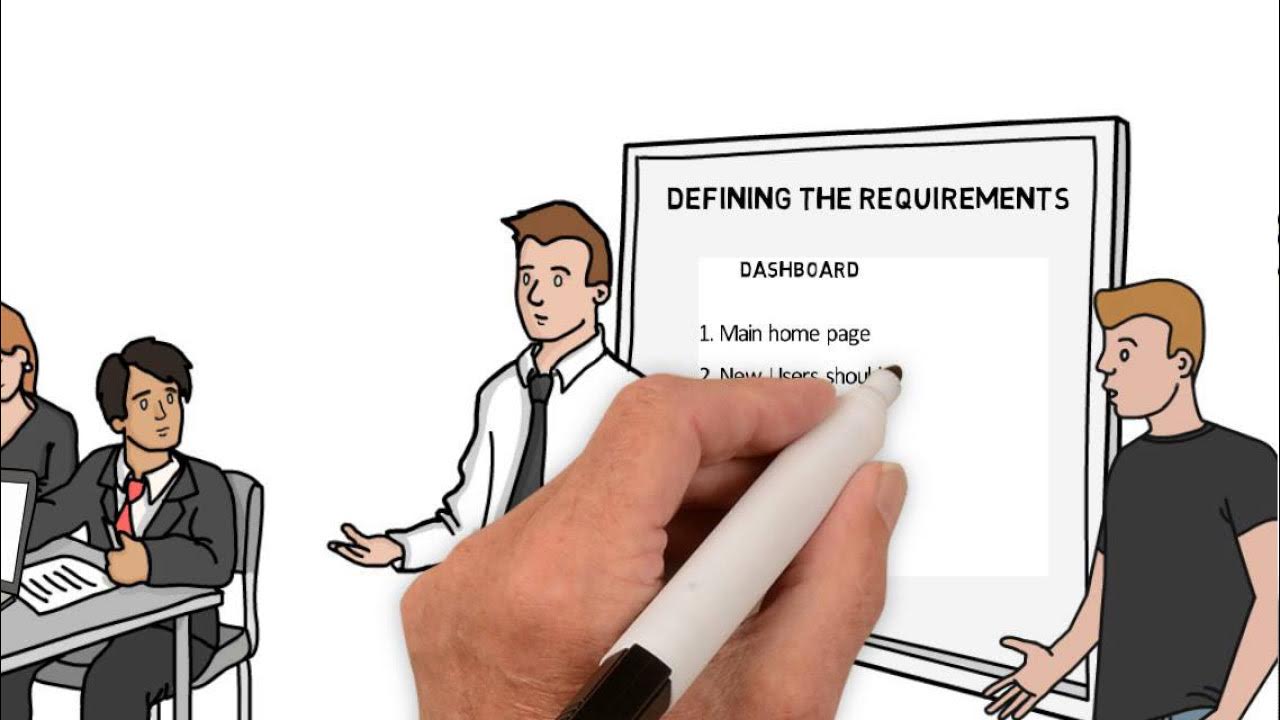CH05. L03. Test planning activities and time estimation
Summary
TLDRThis script delves into the intricacies of test planning, outlining 10 key activities. It emphasizes identifying testing scope, risks, and objectives, choosing between proactive and reactive approaches. The discussion covers integrating test activities within the software lifecycle, deciding what to test, assigning resources, and setting schedules. It also highlights the importance of establishing entry and exit criteria, monitoring, and controlling the testing process. The script further explores test estimation techniques and the influence of product characteristics, development processes, and testing outcomes on the testing effort. Finally, it touches on various test approaches, including analytical, stochastic, methodical, and dynamic heuristic methods, underlining the context-dependent nature of testing.
Takeaways
- 🔍 Identify the scope of testing, the risks involved, objectives, and the approach (proactive or reactive) as the first step in test planning.
- 🔄 Integrate and coordinate test activities within the software life cycle, ensuring each life cycle activity has a corresponding testing activity.
- 📝 Decide on the parts to test, roles needed, and how to evaluate test results during the planning stage.
- 🗓 Set a detailed schedule for each task, including start and end times, participants, and duration.
- 👥 Assign resources to each activity, identifying the level of detail and selecting necessary metrics for monitoring and control.
- 👀 Monitor and control the test process to ensure execution aligns with the plan and take immediate action to fix any deviations.
- 📋 Specify the level of detail in test procedures to guide the preparation and execution of testing activities.
- 🚦 Define entry criteria for when to start testing, including the readiness of the test environment, tools, data, and code.
- 🏁 Establish exit criteria to determine when to stop testing, such as coverage targets, defect density, or risk analysis.
- 📊 Test effort estimation should be based on approaches like matrix-based or expert-based to ensure fairness and accuracy.
- ⚖️ Test effort is influenced by product characteristics, development process, and testing outcomes, including defect trends and rework required.
Q & A
What is the first step in test planning activities?
-The first step is to identify the scope of testing, assess the risks, define the testing objectives, and decide on the test planning approach (either proactive or reactive).
How are test activities integrated into the software life cycle?
-Test activities are integrated and coordinated within the software life cycle by aligning each life cycle activity with its corresponding testing activity in the V-model.
What is meant by 'monitor and control' in the test planning process?
-'Monitor and control' refers to the follow-up process where the execution is monitored to ensure it matches the plan, and immediate actions are taken to correct any deviations.
What are entry criteria in the context of test planning?
-Entry criteria specify the conditions that must be met before testing can start, such as having a ready test environment, necessary tools, and test data.
What are exit criteria in test planning?
-Exit criteria define the conditions under which testing can be concluded, such as achieving a certain level of code coverage, completing a specified number of test cases, or resolving critical defects.
How is the test effort estimated?
-Test effort is estimated using approaches like matrix-based estimation, which relies on data from similar projects, and expert-based estimation, which depends on the experience of task owners.
What factors influence the testing effort?
-Factors influencing the testing effort include the characteristics of the product, the development process, and the outcomes of testing, such as the number of defects found and the required rework.
What is the analytical approach in test strategy?
-The analytical approach, also known as risk-based testing, focuses the testing effort on modules with the greatest risk by analyzing the system to identify high-risk areas.
What is stochastic testing?
-Stochastic testing, or random testing, uses statistical data about failure rates to measure the system's reliability by inputting multiple inputs in a specific sequence and checking the system's response.
What is the methodical approach in testing?
-The methodical approach deals with failures by using techniques like error guessing and fault attacks, relying on the test engineer's experience to determine the testing method.
Outlines

This section is available to paid users only. Please upgrade to access this part.
Upgrade NowMindmap

This section is available to paid users only. Please upgrade to access this part.
Upgrade NowKeywords

This section is available to paid users only. Please upgrade to access this part.
Upgrade NowHighlights

This section is available to paid users only. Please upgrade to access this part.
Upgrade NowTranscripts

This section is available to paid users only. Please upgrade to access this part.
Upgrade NowBrowse More Related Video

CH04. L01. Test development process

RPL - 02 Proses Rekayasa Perangkat Lunak (Software Process)

ISTQB FOUNDATION 4.0 | Tutorial 51 | Product Risk Analysis | Risk Control | Test Management | CTFL

CH05. L02. Test planning overview

4- شرح DNS وطريقة جمع معلومات عن ال Domain | دورة اختبار اختراق تطبيقات الويب

Software Development Lifecycle in 9 minutes!
5.0 / 5 (0 votes)